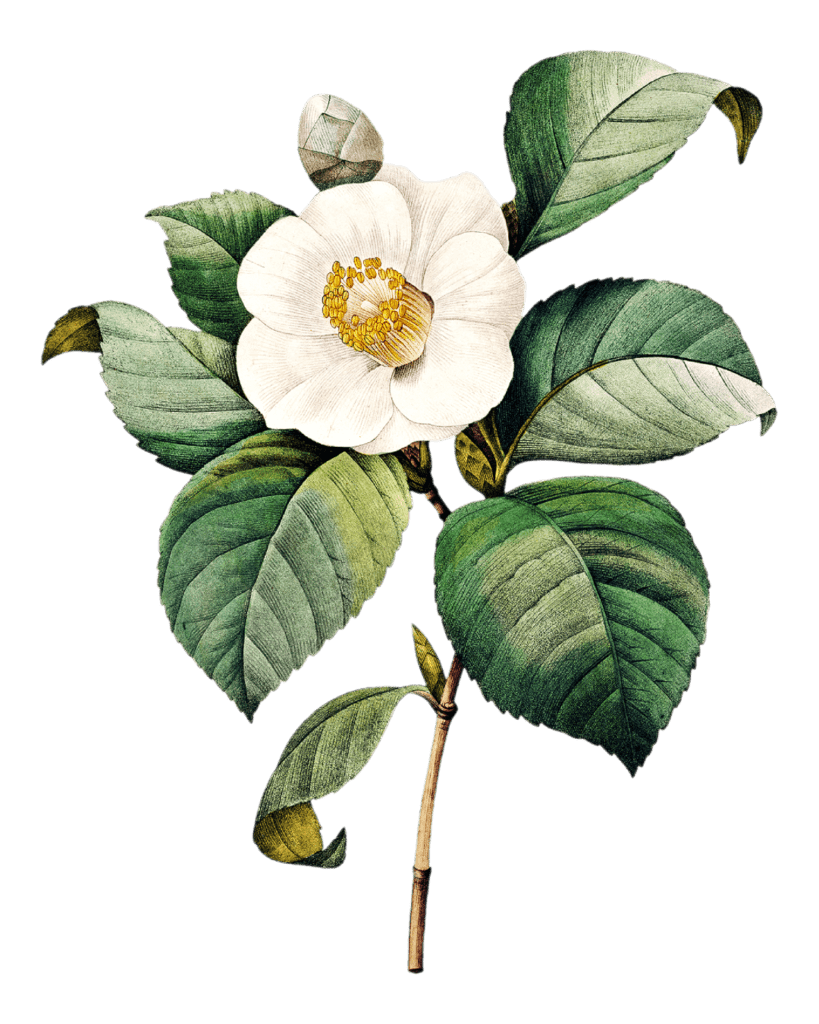The third Friday in May is Endangered Species Day, and as a part of our commitment to sustainability, we couldn’t let the month pass without touching on endangered tea species. With the extensive cultivation of tea throughout the world, you’d think there’s no way tea could be an endangered species. But this unfortunately isn’t the case.
A recent report has unveiled distressing news for tea enthusiasts and environmentalists alike. According to the findings, more than a third of the world’s Theaceae species are endangered or threatened with extinction. The Theaceae family includes the various Camellia species, including two species that have become extinct in their natural habitats. This means that these species can no longer be found growing on their own in the wild. Instead, they can only be cultivated and managed by humans. This alarming discovery raises concerns about the loss of biodiversity and the potential impact on tea production and conservation efforts.

The report sheds light on the alarming decline of two species in the same family as Camellia Sinensis: Franklinia alatamaha and Camellia amplexicaulis. These species are facing an imminent threat to their survival. Once thriving in their natural environments, they have now vanished due to various factors. Some of these factors include habitat destruction, climate change, and human activities.
Loss of Natural Habitat
One of the leading causes of the extinction of these tea species is the loss of their natural habitat. Deforestation, urbanization, and agricultural expansion have all contributed to the destruction of the tea plants’ native ecosystems. As their habitats were encroached upon or destroyed, the tea plants were unable to adapt and ultimately perished. Over time this has led these species to become endangered, and now extinct in the wild.
Climate Change and Its Impact
Climate change has also played a significant role in the extinction of these tea species. Rising temperatures, altered precipitation patterns, and extreme weather events have disrupted the delicate balance required for the tea plants to thrive. Changes in temperature and rainfall have affected the plants’ growth cycles, making it increasingly difficult for them to reproduce and survive.

Human Activities
Human activities, such as illegal logging and land conversion, have further exacerbated the decline of these tea species. Unregulated practices have resulted in the destruction of vast areas of forests and ecosystems. This is eliminating crucial habitats for the tea plants. Additionally, over-harvesting and unsustainable farming practices have put tremendous pressure on the remaining populations, pushing them closer to becoming endangered or extinction.
Implications for Tea Production
The extinction of these tea species in the wild poses significant implications for tea production. The loss of biodiversity within tea plantations could lead to reduced genetic diversity. This loss of diversity may make the crops more vulnerable to pests, diseases, and climate fluctuations. This could have a detrimental impact on the quality and quantity of tea produced, potentially affecting the global tea industry and livelihoods of tea farmers. While Camellia Sinensis isn’t currently listed as endangered, this could change if we don’t focus on saving the Theaceae family.
Conservation Efforts and the Way Forward
In light of this alarming report, conservation efforts must be intensified to protect and preserve the remaining tea species. Initiatives such as habitat restoration, sustainable farming practices, and protected areas for tea plant conservation are crucial in preventing further species from becoming endangered. Collaborative efforts must involve governments, environmental organizations, and the tea industry. Together, they can help raise awareness, develop conservation strategies, and enforce regulations to safeguard these valuable plant species.
Promoting Biodiversity and Sustainability
The preservation of tea species in their natural habitats not only ensures the survival of these plants but also supports biodiversity conservation. By safeguarding tea plants, we preserve the diverse ecosystems they inhabit. This will also protect countless other plant and animal species that depend on these environments for survival from becoming endangered. Moreover, sustainable tea production practices can help mitigate climate change impacts, promote soil health, and preserve water resources.
Moody and Sustainability
You might be asking yourself what we’re doing to prevent tea from becoming endangered? Our first steps towards sustainability are all about our vendors. When we source teas and other ingredients, we’re looking for vendors that offer high quality products that are produced sustainably. From organic farming practices to sustainable packaging, we only source from vendors that actively work to make a positive impact on the planet. Our vendors use a variety of sustainable practices – from organic agriculture and fair trade certifications, to using clean energy and zero waste policies. We put people and planet before profits, and we won’t use vendors who don’t do the same.
We also offer a variety of programs to encourage our community to do the same. For more info, check out our sustainability programming!
So, Is Your Favorite Tea Endangered?
The report’s findings about the extinction of two tea species in the wild serve as a stark reminder of the urgent need for conservation action. It is imperative to address the underlying causes of their decline, including habitat loss, climate change, and unsustainable human activities. By prioritizing biodiversity preservation and sustainable tea production, we can strive to reverse the trend of tea species extinction and protect the natural heritage that these plants represent.
So, while we don’t see tea disappearing anytime soon due to its cultivation, tea in the wild is suffering. And even though you might not be loosing your favorite leaves, these issues cannot be ignored. Climate change, loss of natural habitat, and unsustainable cultivation practices are putting tea at risk. If we don’t start paying attention to these issues, even cultivated teas may decline as global warming and unsustainable farming practices continue to worsen.
